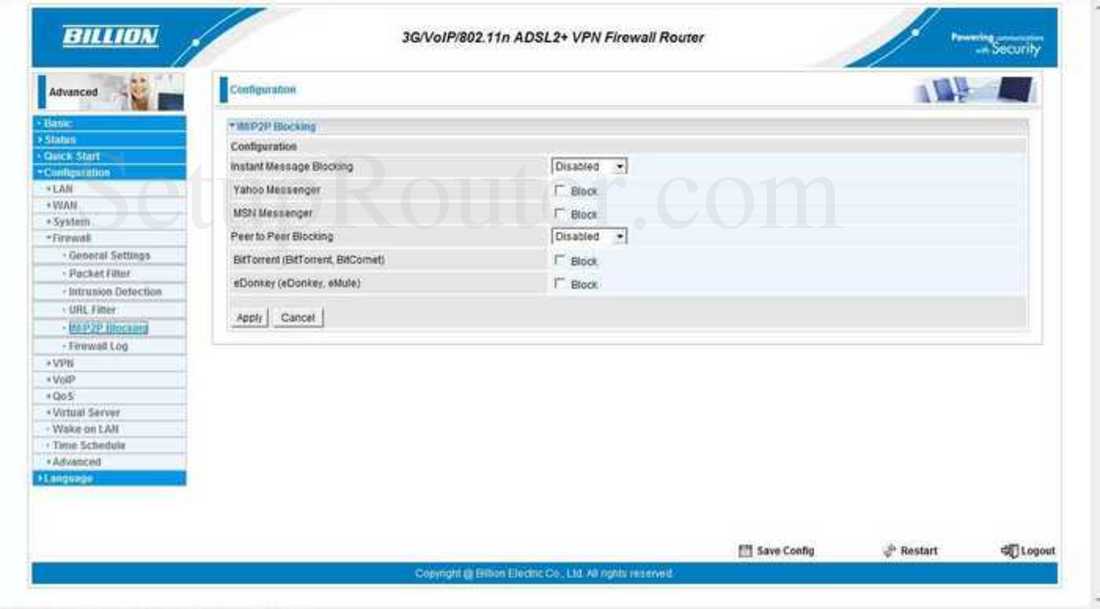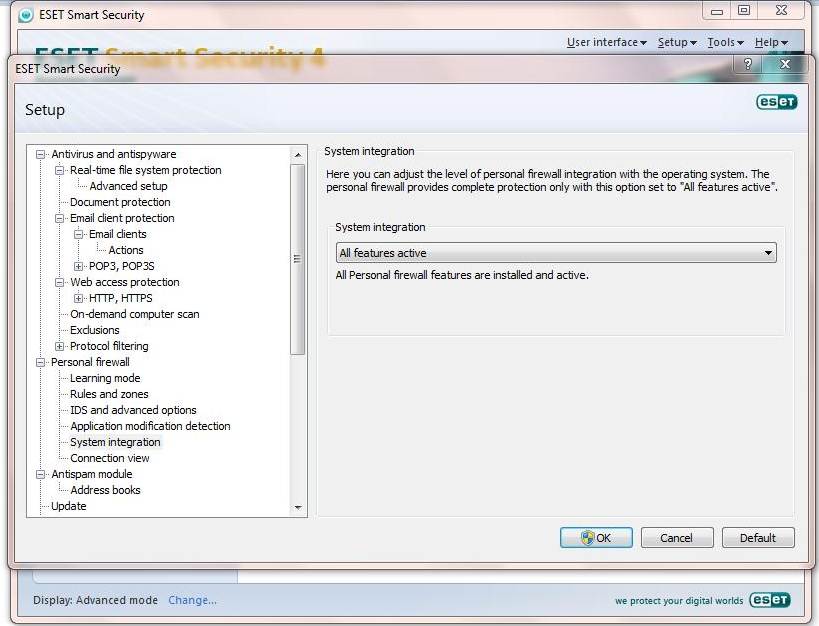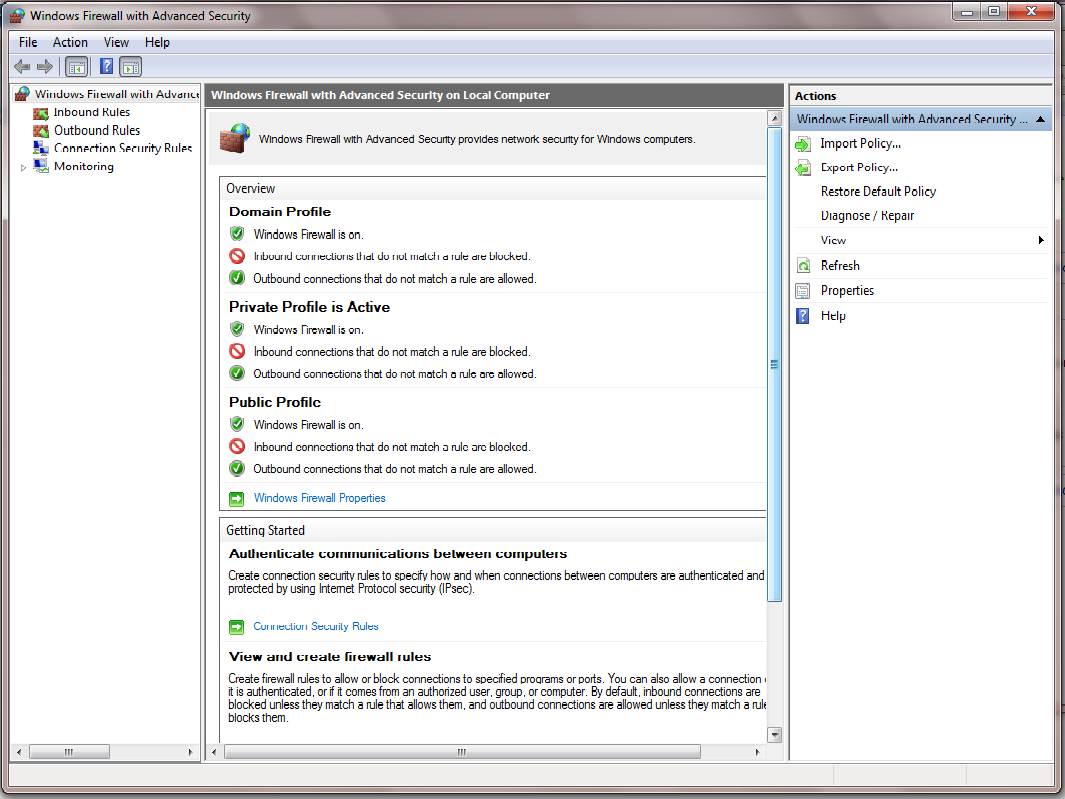

Going incognito means that the browser isn’t storing your browsing history, login details, and cookies.
Restrict access to specific websites and impose censorship.īut incognito mode protects your privacy, right?. Make a digital portrait out of you and sell your browsing habits to advertisers. What can your ISP do with that information? Well, unless you are using a VPN, which limits information visible to your ISP. Your internet service provider can access your browsing history and see what you’re downloading, how much time you spend on a website, and what device you’re using. Can your internet service provider see what sites you are on? If your country is engaging in some serious censorship and you’d prefer to hide what you’re doing, you need a VPN.īonus tip : A VPN is a very handy online privacy tool aside from unlocking websites. If you need to access something blocked at the DNS level and you don’t care if anyone sees it, a DNS switch is enough. It depends on both your needs and the block in question: Do I need a VPN, or is changing DNS enough? And if that new DNS provider doesn’t block the website, it provides the IP address your device requested. 
So if you use a different DNS provider (e.g., Google), your DNS query goes to their DNS. If the local law tells it to block a website, your ISP can just block it at a DNS level. As your ISP is likely a local company, it falls under the local law. Your regular DNS service is most likely provided by your ISP.
 For DPI blocks, a VPN encrypts the data you transmit and receive online, and DPI can’t pierce that encryption.Ī DNS transforms human-readable website URLs (e.g., ) into IP addresses that devices can use (e.g., 104.18.120.34). For IP blocks, once you connect to a VPN, your data is routed via the server, so your ISP sees you connecting to the IP of the server, not the blocked website. For DNS blocks, a VPN like Surfshark just uses their own private DNS. Unblocking the site depends on how the website is blocked:
For DPI blocks, a VPN encrypts the data you transmit and receive online, and DPI can’t pierce that encryption.Ī DNS transforms human-readable website URLs (e.g., ) into IP addresses that devices can use (e.g., 104.18.120.34). For IP blocks, once you connect to a VPN, your data is routed via the server, so your ISP sees you connecting to the IP of the server, not the blocked website. For DNS blocks, a VPN like Surfshark just uses their own private DNS. Unblocking the site depends on how the website is blocked:







 0 kommentar(er)
0 kommentar(er)
